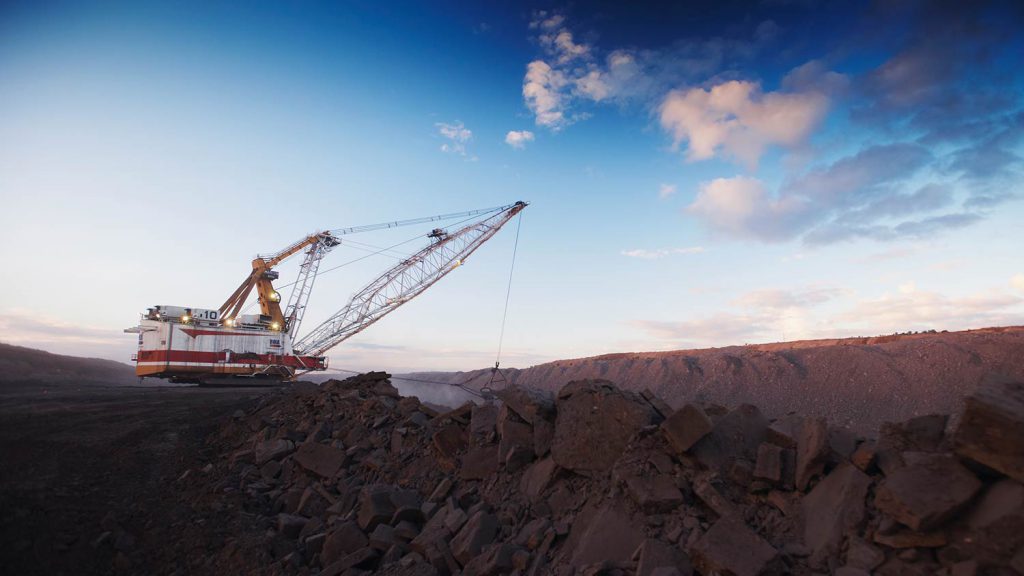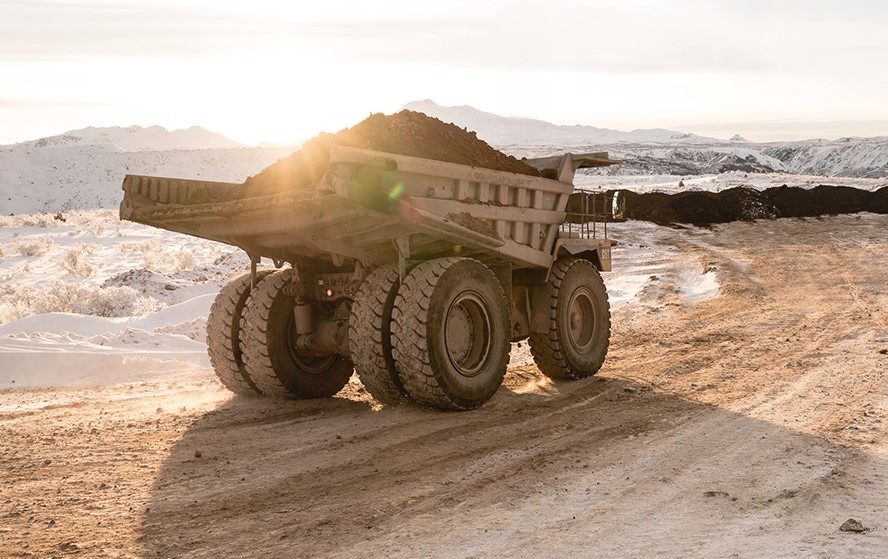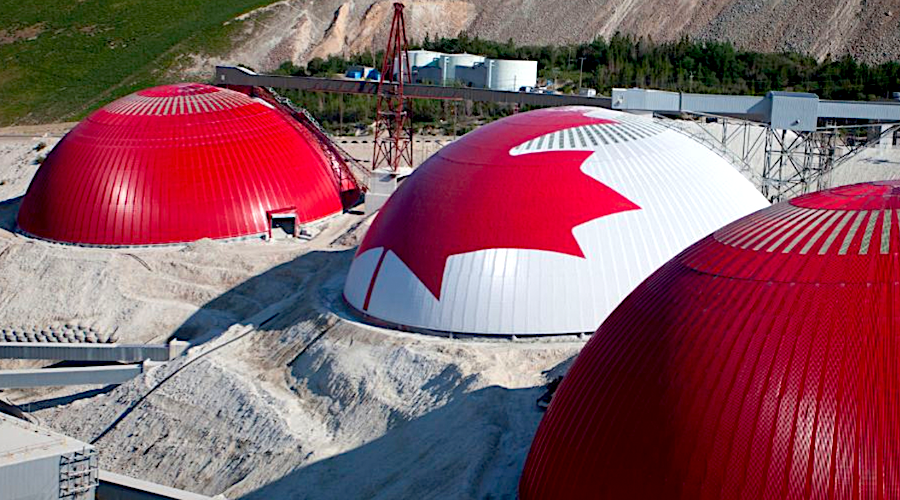Despite a turbulent year – BHP keeps its brand crown

Australia’s BHP has retained the title of the world’s most valuable mining, iron & steel brand, despite recording a 3% drop in brand value to $5.8 billion, according to the latest report by Brand Finance, an independent brand valuation consultancy.
BHP has had a turbulent year, from negotiating a $5 billion lawsuit related to the Samarco dam disaster in 2015, to battling the repercussions of the Australian bushfire that severely damaged its coal output, with production falling 13% in the final months of 2019. These setbacks, coupled with the brand’s exposure to fluctuating global trade and softening demand in the Chinese market, resulted in a fall in the company’s brand value in 2019.
Brand Finance adds that the future of BHP looks bright, as iron ore prices – the brand’s main commodity and source of income – are expected to remain high throughout 2020.
BHP’s newly appointed CEO, Mike Henry, has already been garnering media attention and stakeholder scrutiny following his refusal to withdraw the brand from the Minerals Council of Australia, which has been heavily criticized for its position on climate change. Despite this, the consultancy believes Henry’s tenure could provide the impetus for change needed to rejuvenate the brand as BHP continues to tackle the challenges faced across the sector.
“BHP, along with all mining, iron & steel brands, is having to negotiate the increasing intolerance of new mining projects; a strong brand becomes increasingly important in keeping other influential stakeholders, such as regulators, on side to maintain growth and profitability,” Brand Finance CEO David Haigh said in the report.
Winners and losers
As with BHP, most of the other big brands in mining, iron & steel have kept their spot in the top 10 (see graphic). The biggest mover was China’s CITIC Pacific Mining, which experienced a 25% brand value growth to $2.7 billion last year, climbing two places in the ranking to 8th position.
Although CITIC has been exposed to various obstacles such as a slowing Chinese economy and global geopolitical turmoil, Brand Finance acknowledges that the company has taken successful steps to protect itself from uncertainty through consistent plant acquisitions and its focus on developing the fundamentals of the business.

In contrast, Germany’s Thyssenkrupp suffered the biggest loss in brand value in the ranking, falling by 18% to $2.1 billion. The steel production giant has been tackling a multitude of challenges as the industry struggles with rising costs of carbon permits and cheaper imports cutting prices. The US-China trade war has also severely damaged the sectors the industry relies on, including automotive and energy.
Thyssenkrupp is also facing management chaos and replaced its previous CEO after just 14 months. With four profit warnings issued during this time and several failed restructuring attempts and mergers, the brand dropped out of the DAX last year after more than 30 years of trading.
Mining giants recognized
There are three new entrants in this year’s ranking: Newmont Goldcorp (brand value of $973 million), Barrick Gold (brand value of $651 million) and Fortescue (brand value of $634 million) – in 16th, 24th and 25th positions respectively.
With gold prices reaching a multiyear high last year, gold miners led by Newmont and Barrick have celebrated strong growth as the commodity continues to thrive. The ongoing political uncertainty, combined with strong central bank buying and a recovery in India’s jewellery market, has boosted gold demand to “extremely healthy levels,” Brand Finance said.
Rio Tinto edges out in brand strength
In addition to measuring overall brand value, Brand Finance also evaluates the relative strength of brands based on factors such as marketing investment, familiarity, loyalty, staff satisfaction and corporate reputation.
Alongside revenue forecasts, brand strength is also a main driver of brand value. According to these criteria, Rio Tinto (down 1% to $3.3 billion) beat out BHP to become the world’s strongest mining, iron & steel brand with a Brand Strength Index (BSI) score of 71.8 out of 100 and a corresponding AA brand strength rating.
Like a majority of the big names in the ranking, Rio Tinto has dropped in brand strength this year as the sector faces increased scrutiny and intolerance in the face of climate change challenges.
Read the full report here.
More News
{{ commodity.name }}
{{ post.title }}
{{ post.date }}



Comments